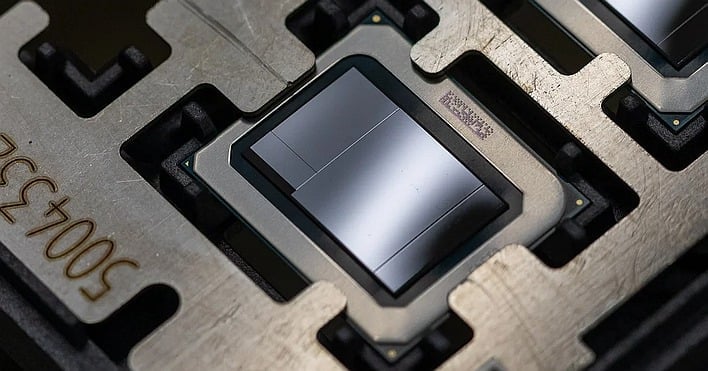
Intel shared a lot of information with us at Computex concerning its Lunar Lake mobile processors launching soon, but had very little to say about its upcoming Arrow Lake desktop CPUs. There were a few tidbits buried in the presentations on the Lion Cove and Skymont CPU architectures that constitute Lunar Lake and will form the foundation for Arrow Lake, but that was about it.
We now have a few more details about Arrow Lake as well as the company’s future mobile parts known as Panther Lake. Those come from shipping manifests that date back to April, recently spotted by 포시포시 (better known as @harukaze5719). 포시포시 is a self-described “Korean PC tech fan”, not a leaker or tipster, but nevertheless they seem to have a talent for finding buried details like this in piles of data.
First up are the Arrow Lake details. There’s a lot of information here, and you can peruse it yourself if you’re keen to know whether we missed anything, but by our reckoning the most interesting information from these listings are the core counts and fabrication processes of Arrow Lake CPUs. Those include Arrow Lake-U, Arrow Lake-H, Arrow Lake HX, and Arrow Lake S.
If you’re unfamiliar with Intel’s nomenclature, “U” chips are ultra-low voltage mobile, “S” refers to standard-power desktop CPUs, “H” refers to BGA-mounted mobile parts, and “HX” chips are BGA versions of desktop silicon. The data from these two images suggests that the top-end desktop and “HX” configuration will be 8 P-cores plus 16 E-cores, while the “H” parts will be 6P+8e—just like on Raptor Lake. These manifests also seems to show that the Arrow Lake-U parts will be 2P+8e, just like previous low-power chips.
Interestingly, many of the listings seem to include “GT2(N3B)”. GT2 refers to the “tier” or level of graphics horsepower on the package, and GT2 is typically the highest tier for desktop processors. However, all of the parts that include this are “H” CPUs, which should be mobile chips. We would presume N3B refers to TSMC’s N3B process node; that’s the original “N3” node that was also used for Lunar Lake. It’s not completely clear if these manifests are saying that only the graphics portion of Arrow Lake H is fabricated on N3B or the whole thing, though.
Meanwhile, this other image shows listings for Panther Lake parts that seem to be in an earlier stage of development as compared to the “PRE QS” Arrow Lake parts. The Panther Lake listings are still interesting, though; they seem to imply that Panther Lake will include LPDDR5X on package just like Lunar Lake, but these parts seem to be entirely “for R&D purpose”, meaning that they are strictly for Intel internal use, not meant for partners.
Nobody can seem to agree on when Intel will actually launch Arrow Lake, but given that QS chips were shipping back in April, we can imagine that the processors are nearly ready for launch. A Dell leak back in May implied that Intel would have the chips ready by Q1 2025, but the latest rumors actually imply that Intel could move the launch up to as soon as September or October. We’ll let you know as soon as we do.
